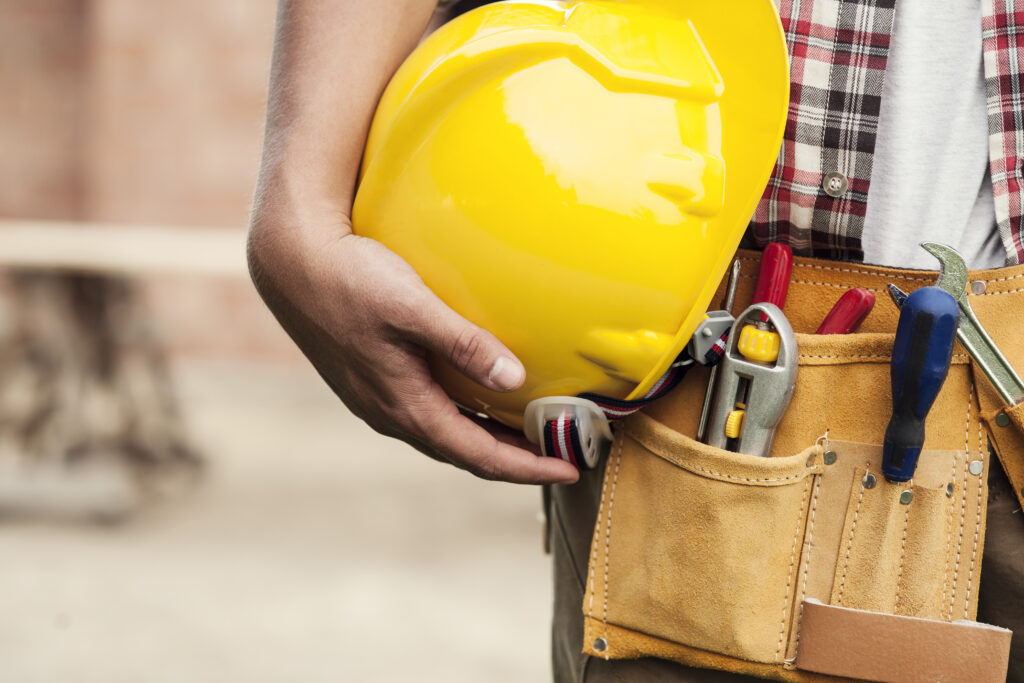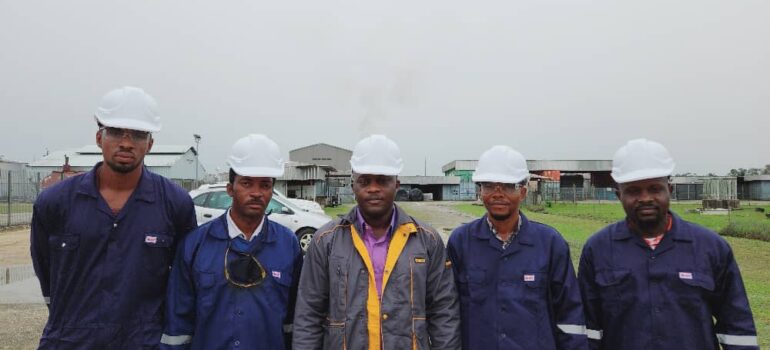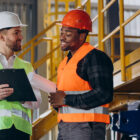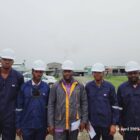February 7, 2024
Enhancing Safety in Construction: A Guide for Workers
Construction sites are dynamic environments where multiple tasks are being executed simultaneously, posing various risks to workers. As a responsible construction company, ensuring the safety of our workforce is paramount. Today, we delve into some essential safety practices that every construction worker should adhere to.

- Personal Protective Equipment (PPE): The cornerstone of construction site safety is the proper utilization of PPE. Hard hats, safety goggles, gloves, and steel-toed boots are essential gear that protects workers from head injuries, eye hazards, hand injuries, and foot injuries respectively. Always wear the appropriate PPE for the task at hand.
- Fall Protection: Working at heights is an inherent part of construction work. Therefore, utilizing fall protection measures like guardrails, safety nets, or personal fall arrest systems is crucial. Regular inspection of fall protection equipment should be carried out to ensure it is in good working condition.
- Equipment Safety: Construction machinery and tools can be hazardous if not used correctly. Workers should be trained in the proper operation of equipment and instructed to inspect machinery before use. Additionally, never bypass safety features or operate equipment if you’re unsure of its functionality.
- Communication: Effective communication is vital on construction sites. Clear communication between workers, supervisors, and management helps in identifying potential hazards and implementing appropriate safety measures. Utilize hand signals, radios, or other communication devices to maintain constant contact with team members.
- Housekeeping: A tidy work environment is a safe work environment. Proper housekeeping practices, such as keeping walkways clear of debris and promptly cleaning up spills, reduce the risk of slips, trips, and falls.
- Training and Education: Regular training sessions on safety protocols, hazard recognition, and emergency procedures are indispensable for every construction worker. Investing in ongoing education ensures that workers remain informed about the latest safety standards and best practices.
- Emergency Preparedness: Construction sites are susceptible to accidents despite precautionary measures. Therefore, it’s crucial to have a well-defined emergency response plan in place. Workers should be trained in first aid, CPR, and evacuation procedures to respond swiftly and effectively in case of an emergency.
- Fatigue Management: Construction work can be physically demanding, leading to fatigue, which increases the risk of accidents. Encourage workers to get an adequate amount of rest and take breaks as needed to mitigate fatigue-related hazards.
- Environmental Awareness: Construction sites often involve working in various environmental conditions. Whether it’s extreme temperatures, high winds, or inclement weather, workers should be aware of potential environmental hazards and take appropriate precautions.
By prioritizing safety and implementing these practices, we not only protect the well-being of our workers but also uphold the reputation of our company as a responsible and reliable partner in the construction industry. Remember, safety is everyone’s responsibility, and by working together, we can ensure a safer workplace for all.




